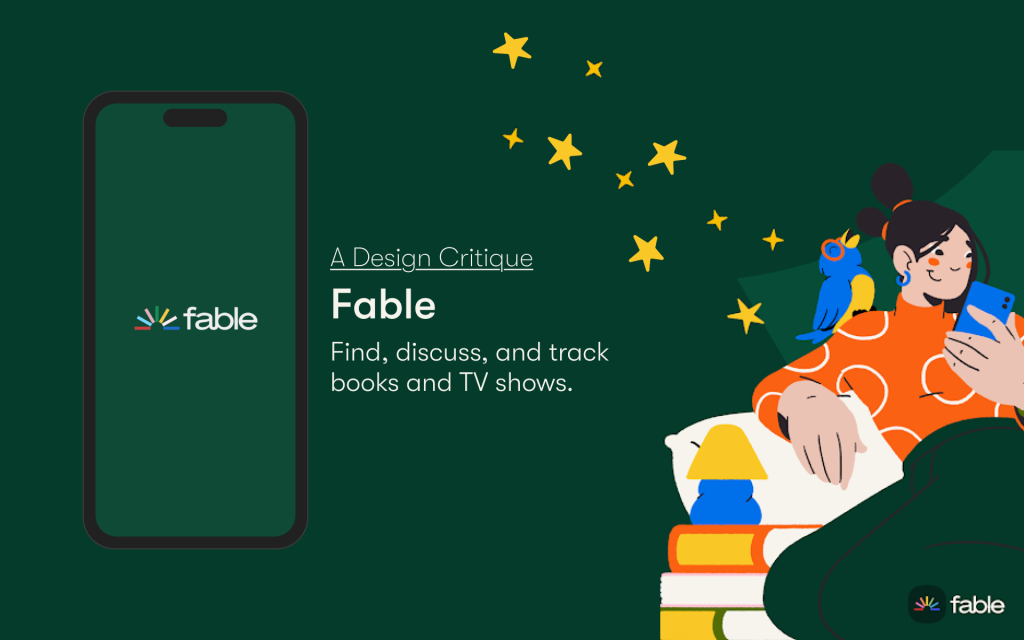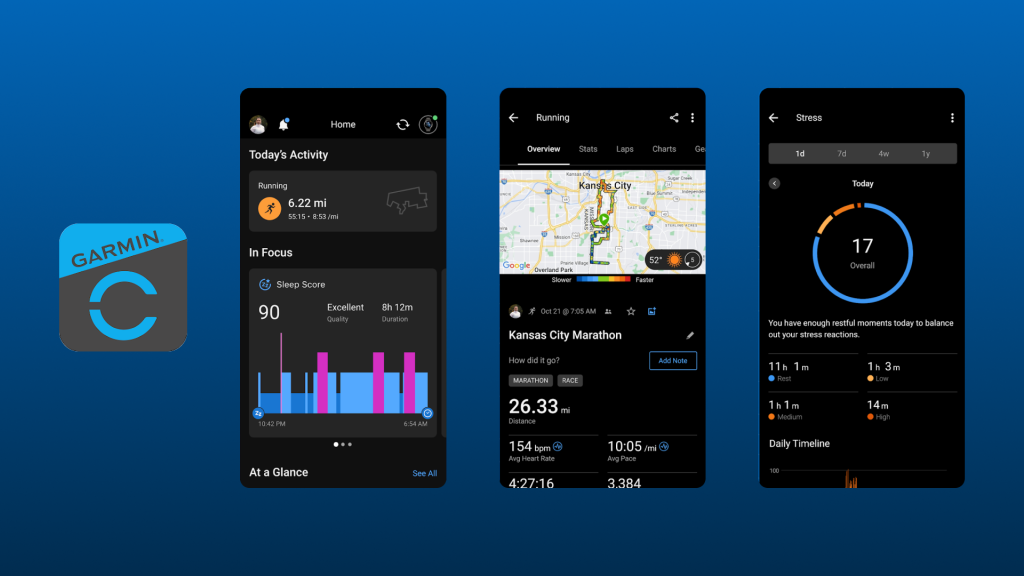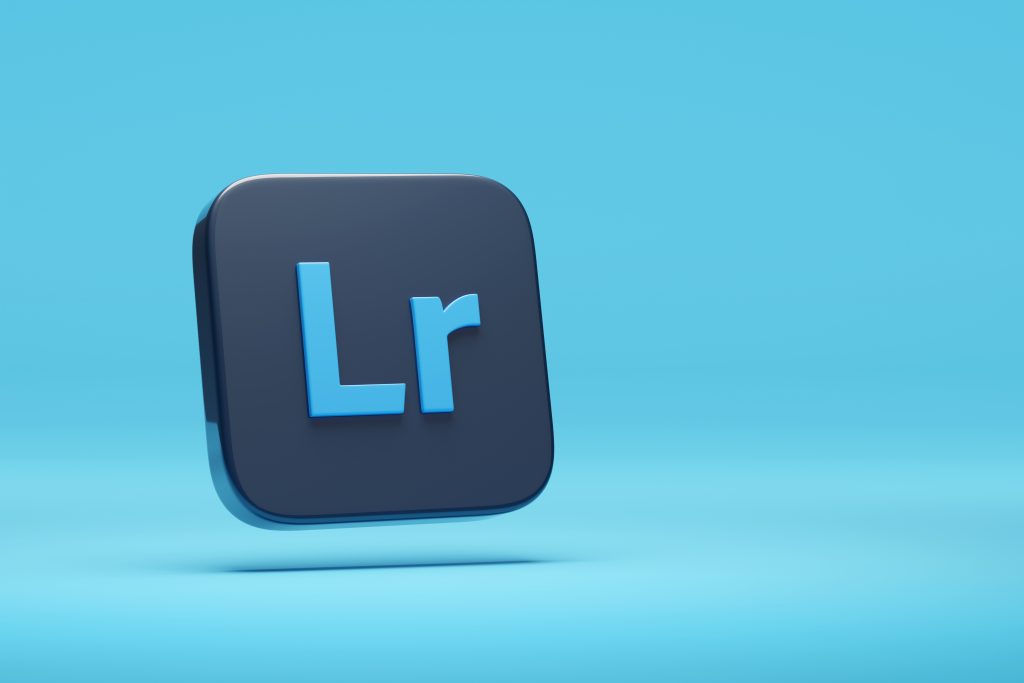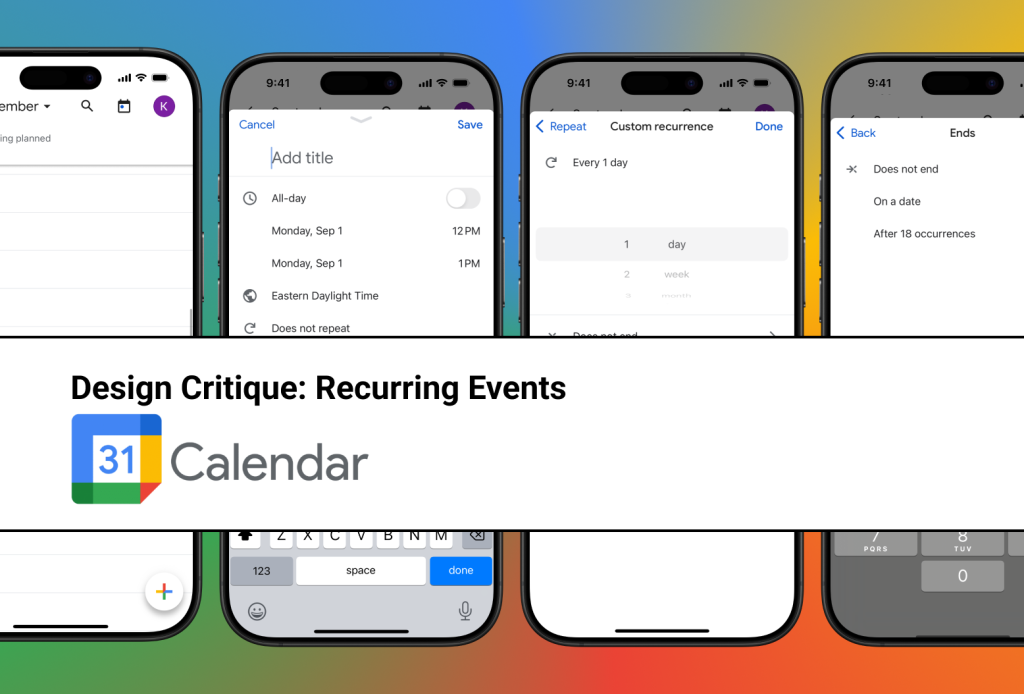Design Critique: Wise (iOS App)
Wise is a money transfer platform that lets users send funds abroad, receive international payments, check exchange rates, and pay bills globally. In this critique, I examine the experience of a user who depends on a personal Wise account to exchange money with her sister studying and working overseas. My analysis draws on Don Norman’s […]
Design Critique: Wise (iOS App) Read More »









